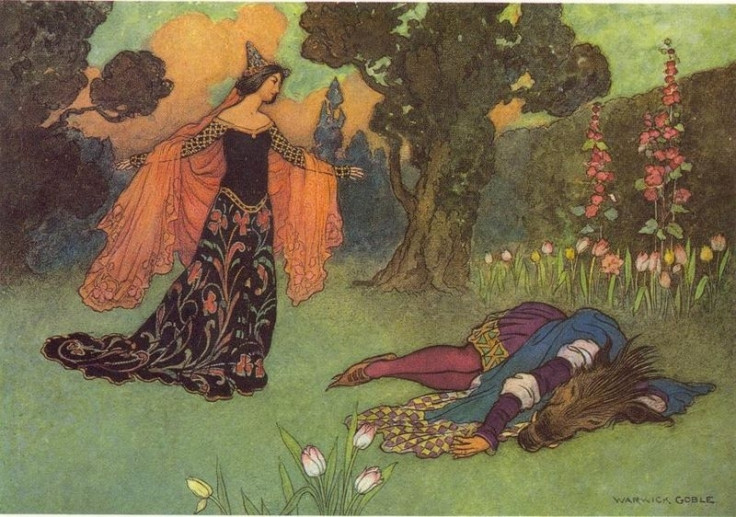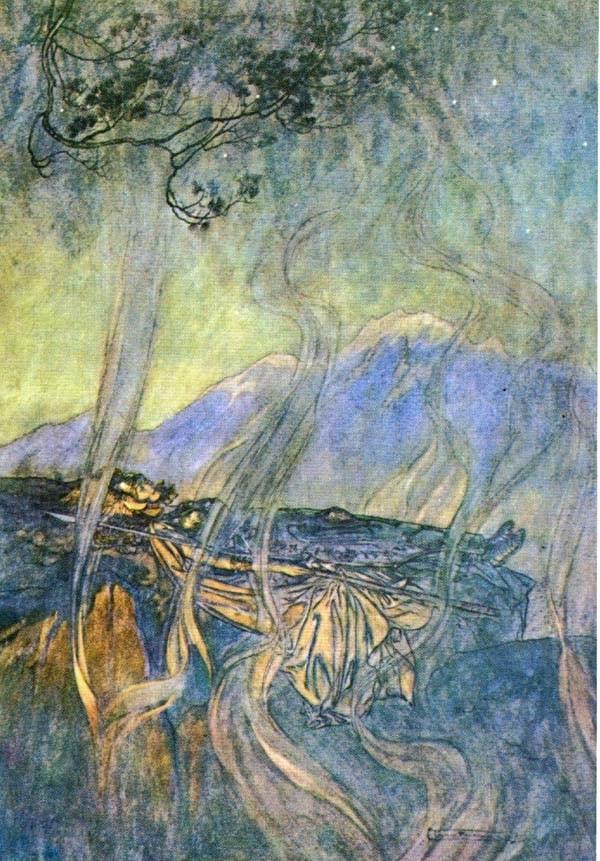Origins of ancient fairytales mapped using genomic data
Our DNA may have the answer to how traditional folktales travel across the world.

Nearly 600 famous folktales have been traced for their origins in Europe and Asia, using DNA databases to track how they spread through the continent.
Worldwide genomic data is becoming ever more comprehensive, detailed and accessible to researchers. It's being used in a huge range of ways, from pinpointing the genetics of health conditions to understanding how our DNA shapes our personalities.
Now scientists have used this data to map the origin and distribution of 596 Eurasian animal stories and tales of magic from many thousands of years ago. The findings are published in a study in the journal PNAS.
Most folktales travelled mostly by word of mouth the study found. However, a total of about 15 folktales had a strong signal for having travelled primarily due to migration, rather than diffusion.
These included The Magic Flight, where fugitives flee an ogre's house, throwing magic objects behind them that turn into obstacles such as mountains, forests or oceans. In another variation of the story, the protagonists turn into a series of different animals to escape their pursuer.
But our cultural stories aren't encoded in our DNA. So how can genetics tell us about where folktales come from?
Think of it like a whispering game. One scenario is a row of people sitting in a line, while a message is whispered from one person to the next down the line. This is like the model of 'cultural diffusion', where a story travels by word of mouth, but the people remain more or less where they are.
The other scenario is where someone gets up from the start of the line and travels to the end, bringing the story with them.
These are the two basic models, but there are other aspects that might make transmission more complex. For example, language barriers could make it less likely that a story spreads.
Over very great differences, the word-of-mouth model dominated how the stories travelled, the study found. But over shorter distances, of about 4,000 kilometres or less, the effects of migration on stories start to emerge, study author Eugenio Bortolini of the University of Bologna told IBTimes UK.

"You might often think of this innate hypothesis about each of us bringing our own traditional stories with us when we move," said Bortolini, who conducted the work while at the Spanish National Research Council.
"We were a bit surprised because our expectation was that we would see that we bring our tales with us when we move. But we found not to be able to reject this cultural diffusion model at the very broad geographical scales."
The authors also managed to use this data to map where several Eurasian folktales most probably originated. There were four main patterns that stood out throughout the data, with origins in Eastern Europe, the Middle East, Northern Africa or Central Asia.
The study was just a first step into discovering what genomic data can tell us about the historic spread of culture.
"We didn't go that much into individual tales, but these results provide some preliminary ideas for further development in terms of analysing patterns of diffusion and directional patterns, or the possible emergence of cultural barriers," Bortolini said.
© Copyright IBTimes 2024. All rights reserved.







